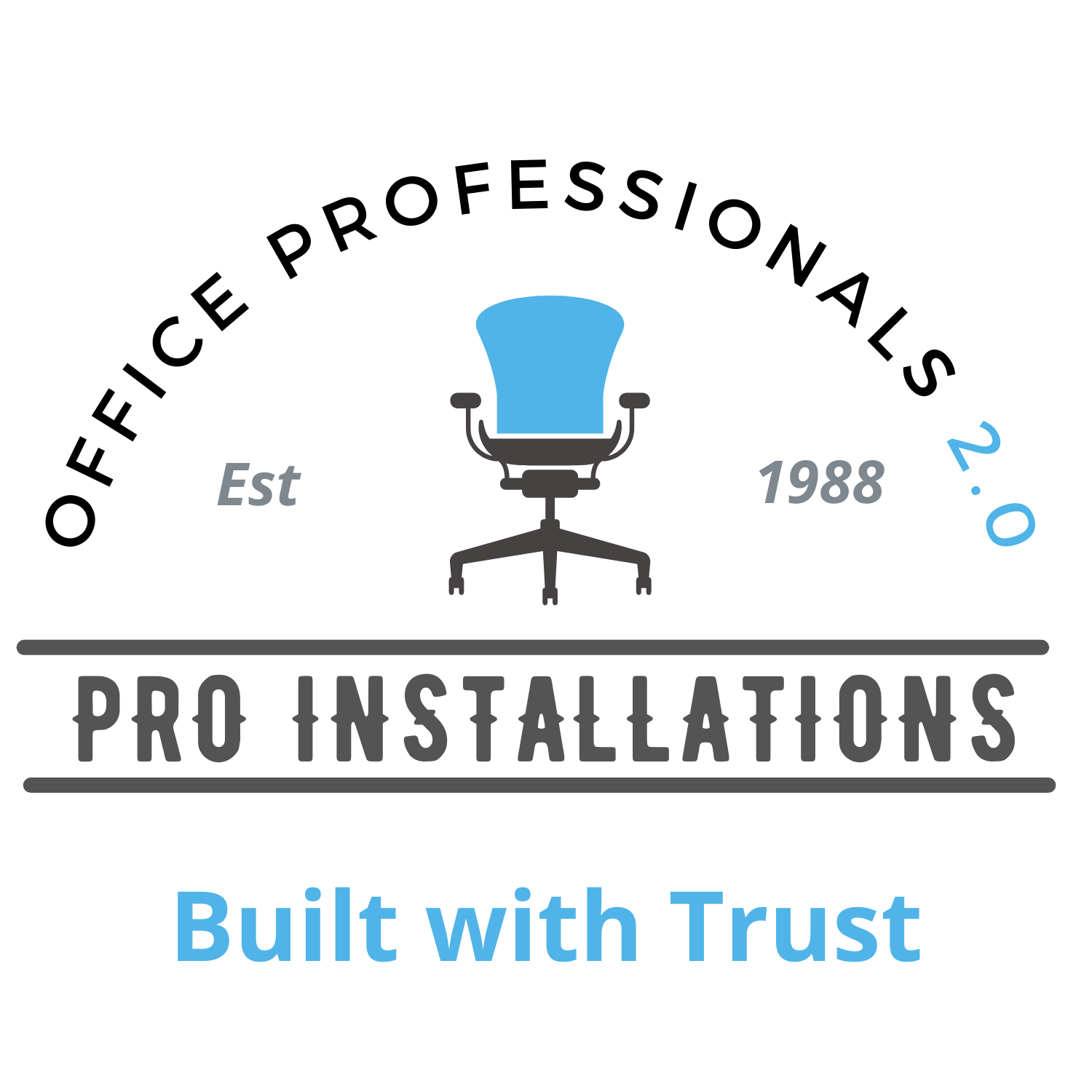Blog

By Josh Silver
•
April 6, 2023
Office relocation is a complex and time-consuming process that requires careful planning and execution. Whether you are relocating to a larger or smaller office space, moving to a new city or state, or simply upgrading your current location, it is important to make sure your move is as smooth and stress-free as possible. Here are some helpful hints to guide you through the process: Develop a relocation plan and timeline: Before you start packing up your office, it's important to develop a detailed relocation plan that outlines your goals, objectives, and timeline for the move. This should include a list of tasks that need to be completed, such as finding a new location, notifying employees, updating your address with vendors and clients, and packing up your office equipment. Choose a reliable moving company: A reliable moving company can make the difference between a successful move and a disaster. Choose a moving company that has experience in office relocations, is licensed and insured, and has positive customer reviews. Get several quotes from different moving companies and compare their rates, services, and availability before making a final decision. Notify employees and stakeholders: Notify your employees, clients, and stakeholders of your relocation plans as soon as possible. Hold a meeting to explain the details of the move, including the new location, moving date, and how it will affect them. Make sure to address any concerns or questions they may have and provide them with resources to help them prepare for the move. Update your address and contact information: Make sure to update your address and contact information with vendors, clients, and service providers, including utilities, banks, insurance companies, and postal services. This will help ensure a smooth transition and prevent any disruptions to your business operations. Create a packing plan: Create a packing plan that outlines the items that need to be packed, who will be responsible for packing them, and how they will be labeled. Use color-coded labels and a numbering system to make it easier to unpack and set up your new office. Schedule the move during off-peak hours: Schedule the move during off-peak hours or on weekends to minimize disruptions to your business operations. Make sure to coordinate with your building management, movers, and service providers to ensure a smooth move. Set up your new office: Once you have moved to your new location, it's time to set up your new office. Make sure to test all of your equipment, such as phones, computers, and internet connections, to ensure they are working properly. Set up your furniture, fixtures, and office supplies in a logical and organized manner to create an efficient and productive workspace. Celebrate your success: Moving your office to a new location is a major accomplishment, and it's important to celebrate your success with your employees and stakeholders. Hold a grand opening or open house to showcase your new office and let your clients and customers know that you have moved. In conclusion, office relocation can be a challenging and stressful process, but with careful planning and execution, it can be a successful and rewarding experience. Follow these helpful hints to ensure a smooth and stress-free move for your company. Good luck with your relocation!

By Josh Silver
•
April 6, 2023
Retail furniture installation can be a daunting task, especially if you're doing it for the first time. From measuring the space to assembling the furniture, there are many things to consider. But with proper planning and the right tools, it can be a relatively simple process. In this article, we will guide you through the steps of installing retail furniture. Step 1: Measure the Space The first step in any furniture installation is to measure the space. Take measurements of the room or area where the furniture will be installed. This will give you an idea of the size of furniture that will fit in the space. It's also important to consider the layout of the room, the location of power outlets, and any obstacles that may impede furniture installation. Step 2: Choose the Right Furniture Once you have an idea of the size of furniture you need, it's time to choose the right pieces. Select furniture that is appropriate for the space and fits with the overall aesthetic of the store. Consider factors such as durability, ease of cleaning, and functionality. You may also want to consider purchasing furniture that is modular or can be easily reconfigured as your needs change. Step 3: Assemble the Furniture Before you begin assembling the furniture, read the instructions carefully. This will save you time and frustration later on. Make sure you have all the necessary tools and hardware before you start. Assemble the furniture piece by piece, following the instructions provided. If you're not confident in your ability to assemble the furniture, consider hiring a professional. Step 4: Place the Furniture Once the furniture is assembled, it's time to place it in the designated area. Make sure the furniture is level and secure. If you're installing multiple pieces of furniture, arrange them in a way that is both functional and aesthetically pleasing. Step 5: Clean Up After the furniture is installed, clean up the area. Remove any packing materials, tools, or debris. Check to make sure all the hardware is tightened and secure. In conclusion, installing retail furniture doesn't have to be a complicated process. By taking the time to measure the space, choosing the right furniture, and assembling it carefully, you can create a functional and aesthetically pleasing store. Remember to always follow the manufacturer's instructions and consider hiring a professional if you're not confident in your ability to install the furniture. One of the most important things that you can do when planning your retail store installation is to make sure that you have a solid plan in place. This will help to ensure that everything goes smoothly and that you are able to stay on budget and on schedule throughout the installation process. The first step in the planning process is to determine what types of displays and fixtures you will need for your retail store. This will depend largely on the type of products that you will be selling and the overall layout of your store. You should also take into account any special requirements that your store may have, such as ADA compliance or fire code regulations. Once you have a clear idea of what types of displays and fixtures you will need, you can begin to create a detailed plan for the installation process. This plan should include a timeline for each phase of the installation, as well as a budget for materials and labor. It is also important to identify any potential challenges or obstacles that you may face during the installation process, such as limited space or difficult terrain. By planning ahead for these challenges, you can ensure that your installation runs smoothly and that you are able to address any issues as they arise. When it comes to selecting the right displays and fixtures for your retail store, there are a few key factors to consider. These include the overall aesthetic of your store, the functionality of the displays, and the durability of the fixtures. For example, if you are selling high-end fashion items, you may want to choose displays that are sleek and sophisticated, while also being sturdy enough to hold heavy items. If you are selling smaller items such as jewelry, you may want to opt for displays that are more compact and that allow you to showcase a larger number of products in a smaller space. Another important consideration when selecting displays and fixtures for your retail store is the cost. While you want to ensure that you have high-quality displays and fixtures, you also need to make sure that you are staying within your budget. To save money on displays and fixtures, consider purchasing used items or opting for less expensive materials. You can also negotiate with vendors to get better prices on large orders or bulk purchases. Overall, the key to a successful retail store installation is careful planning and attention to detail. By taking the time to create a solid plan and selecting the right displays and fixtures for your store, you can ensure that your installation is a success and that your store is set up for success.
Elevate Your Workspace:
Connect with Our Experts! (954) 354-0888
Thank you for contacting us.
We will get back to you as soon as possible.
We will get back to you as soon as possible.
Oops, there was an error sending your message.
Please try again later.
Please try again later.










